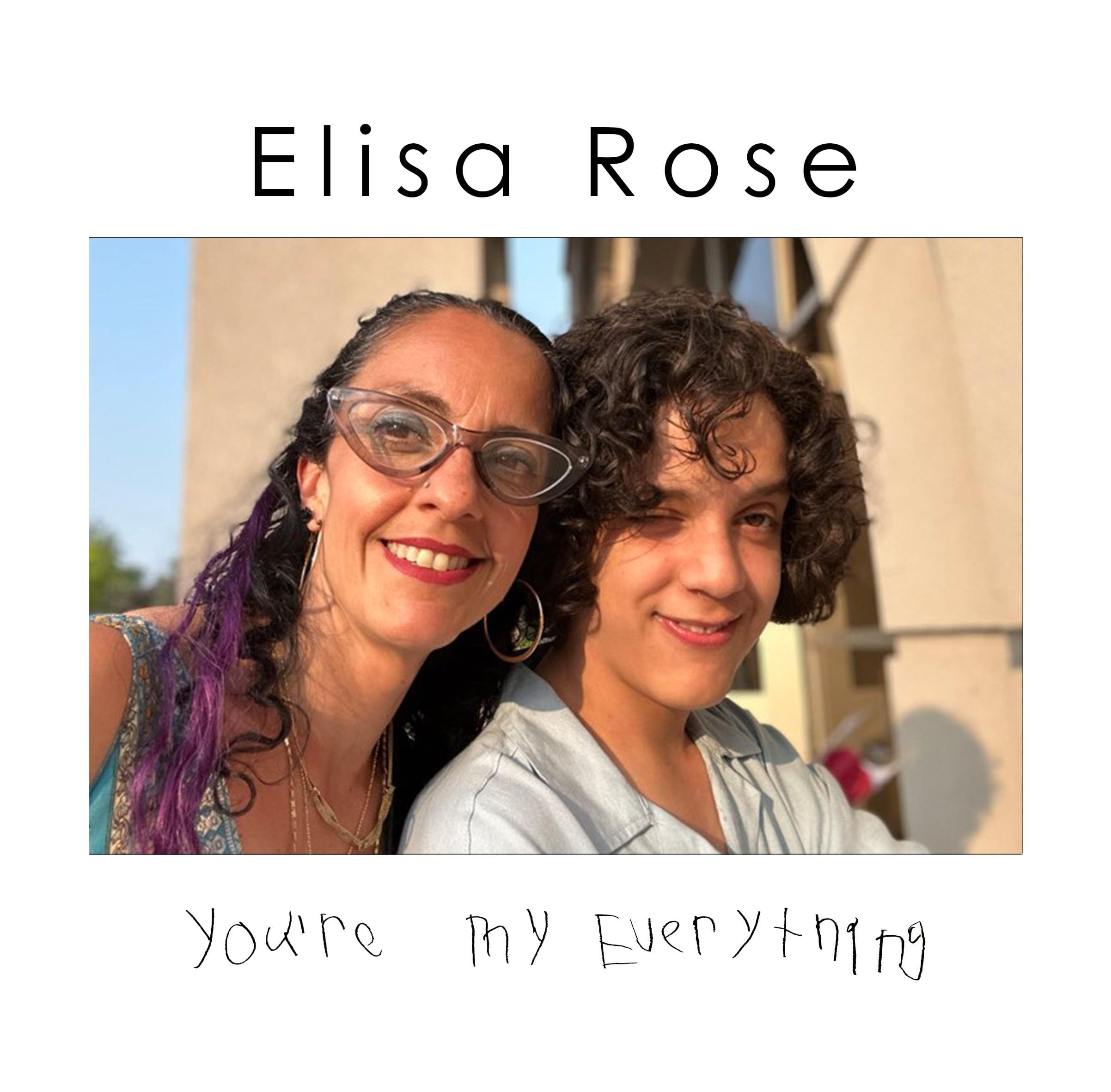By Elisa Malatesta, Caregiver at Surrey Place
Where do I begin? I can write a book about everything I’ve gone through as an Autism Mom.
When I received my son’s diagnosis, I remember feeling completely lost. The word “autism” echoed in the doctor’s office and felt foreign to me. I had a vague understanding of developmental differences, but autism? I had no idea what it truly meant for my child, let alone my family.
My initial reaction was denial. Was this a mistake? He’s going to talk soon; everything will be okay. So many thoughts were swirling in my mind. Can I handle this? What does the future hold? Would my son be happy? Would he struggle in school? The questions were endless.
Navigating resources was challenging and overwhelming. Balancing a full-time job and raising two children wasn’t easy. I felt unsupported. I did find speech therapy, books, workshops, and support groups that helped me get started.
But then came enrolling my son in school. It was hard!!! During the meetings, I often found myself crying, unsure of how to effectively advocate for my son. And the complex process within the school system.

After 12 years working full-time, the layoff happened. It felt like a devastating blow. The future felt uncertain and scary. However, this setback unexpectedly paved the way for a significant opportunity. After a 2 ½ year wait, my son was accepted to Surrey Place for IBI, Intense Behavioural Intervention. This acceptance meant withdrawing him from kindergarten, but it was a decision made with hope and anticipation.
The time dedicated to Surrey Place became invaluable. Attending meetings and parent training sessions equipped me with the knowledge and confidence to truly advocate for my son’s needs. Both my son and I thrived. He received specialized support, and I found my voice.
As a musician, I started singing different genres of music. Listening to songs that can fit my repertoire. In 2019, I discovered a song by artist Kelly Lévesque dedicated to an autism organization. The lyrics to “I Won’t Let Down” resonated deeply, and I was inspired to record a cover version. Witnessing Kelly’s active involvement in a fundraiser motivated me to start my own.
A year ago, I wrote, recorded, and released an original song, “You’re My Everything,” dedicated to my son. A heartfelt expression of my love and pride in his achievements. I had a successful fundraiser and concert and raised $2,000 for Surrey Place.
The journey of parenting a child on the autism spectrum is often filled with unique challenges and unexpected turns. But in the end, my son and I, and my family thrived. Together (and I quote from my song) we fly, spread our wings, conquer the world, and take in all the beautiful things!”
(From my song “You’re My Everything”)
You can listen to You’re My Everything on Spotify.


